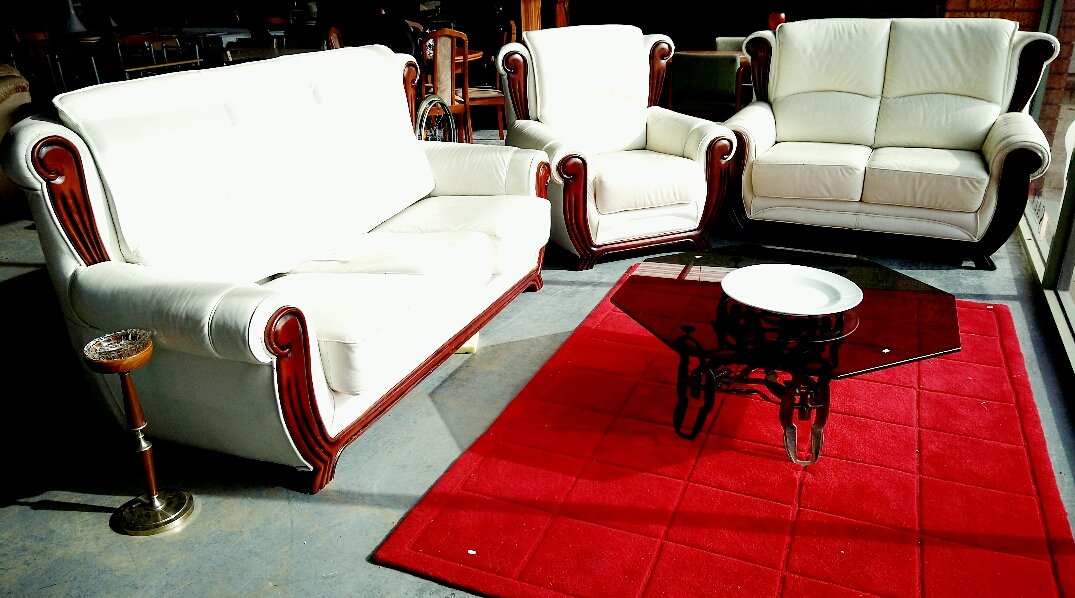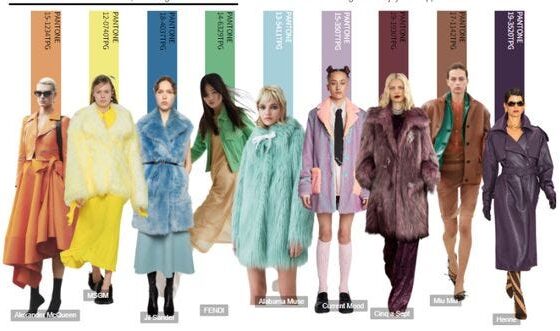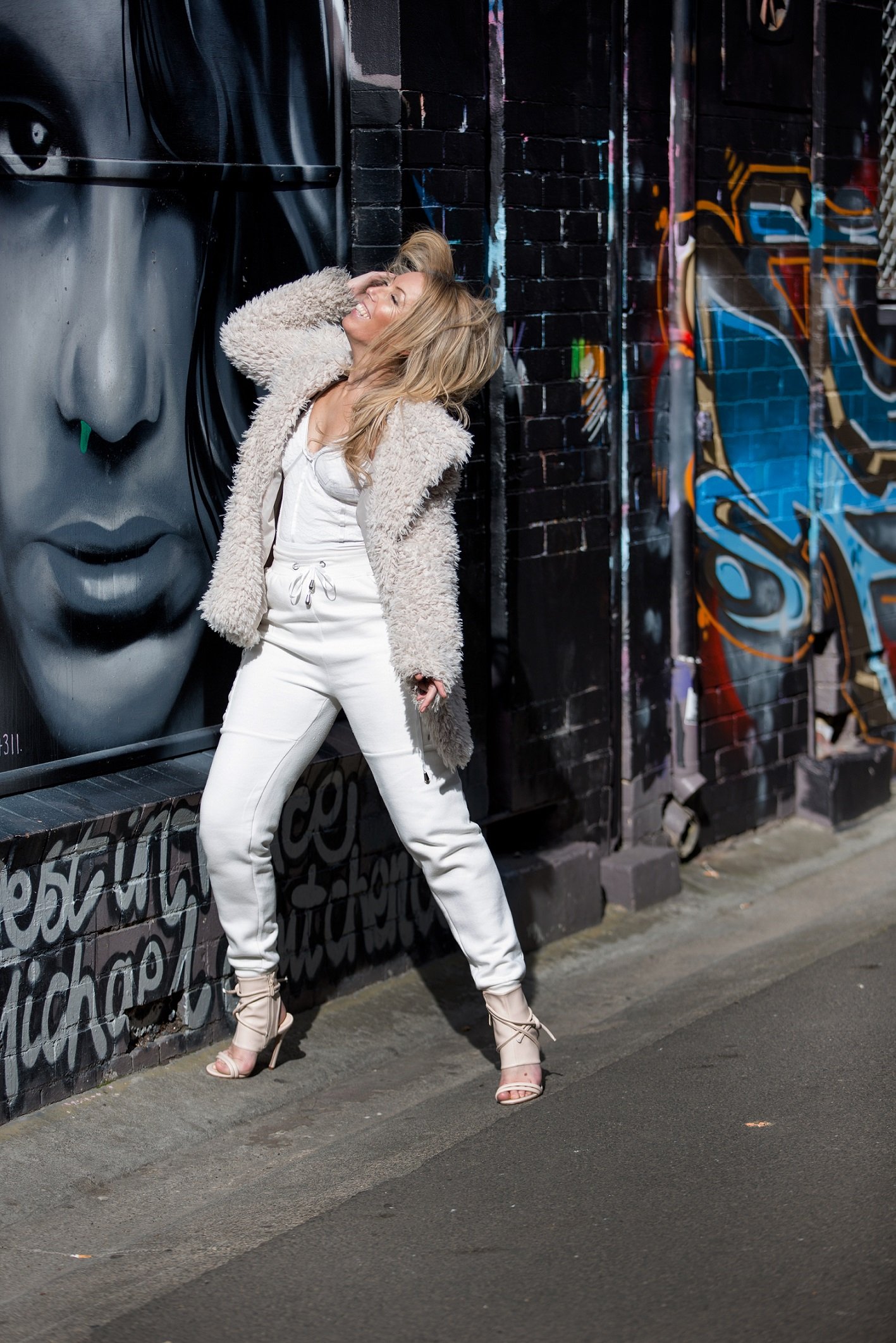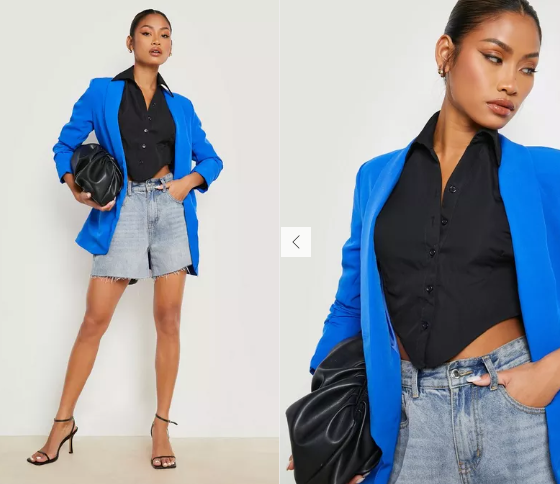A Guide To Making The Switch to Sustainable Fashion
It isn’t enough just looking for the quality in the products we buy, we must ensure that there is quality in the lives of the people who make them. Orsola De Castro
Making the switch to sustainable, ethical fashion can be tough when you’re so used to buying fast fashion and having it shoved in your face everywhere on social media, on the TV, and when you go shopping.
However, it’s entirely possible to make the switch – read on for some advice that will help you to make the switch:
Do the 30 Wears Test
The 30 wears test is extremely simple and can be done whenever you think about purchasing an item. Simply ask yourself, ‘will I wear this a minimum of 30 times?’ – You’ll be surprised at how many times you say no.
The key is to buy pieces that can be mixed and matched with other pieces you own, and dressed up and down for different occasions. Avoid buying statement pieces you’ll only wear once.
Become More Informed – Do Your Research
Now it’s your job to become more informed and do your research. Where do your ethics lie? Here’s an idea of where to start your research:
- Slow fashion – clothes that are not governed by seasonal trends. They can be classics and investment pieces.
- Sustainable fashion – clothes made from materials and practices that are eco-friendly.
- Ethical or fair fashion – clothes that pay a fair wage to their producers and garment workers.
Try to look for the above three things when deciding where to shop if you want the best impact!

Follow Small, Sustainable Businesses on Social Media
Surround yourself with small, sustainable businesses on social media. This way, you’ll see what’s offer and you won’t feel so tempted by fast fashion companies.
Small businesses offer handmade, high quality pieces, like Etiko Fair Trade Sustainable Clothing. These pieces may be more expensive, but they’ll last longer and you’ll have something that most other people won’t.
Change Your Attitude to Shopping
You may think it’s no big deal, but every new item of clothing you buy has a carbon footprint attached to its manufacturing.
This is why vintage clothing is hugely sustainable, as well as purchasing second hand pieces if you really want something more modern.
Try to spend most of your money on clothing that will last you through the seasons, especially if you live in a rainy location that rarely sees the sun.
Define Your Style
When you get into sustainable fashion, you’ll be following trends less and instead build a wardrobe that emphasises your own style perfectly.
Put some time into working out what you believe your own style is, and you’ll love the clothes you buy providing they match your style.
Just remember to respect the clothes you own currently, too, even if they aren’t sustainable. Throwing them out would be even worse for the environment, so wear them as much as you can and find various ways to style them so you don’t get bored. As long as they are still in good condition, you could also sell them on.
Making the switch to sustainable fashion can be tough, but it’s so doable!







